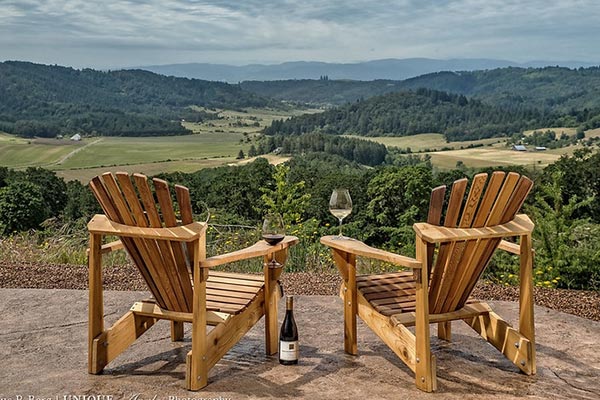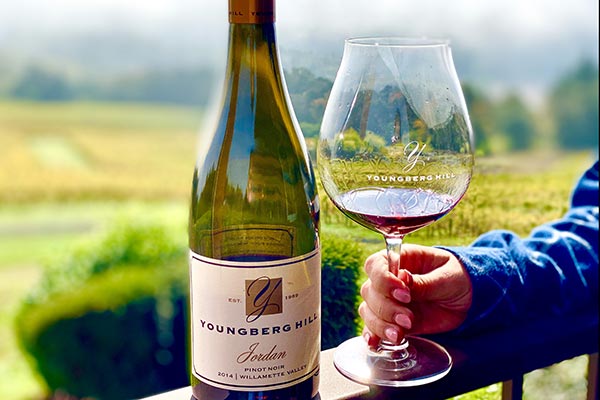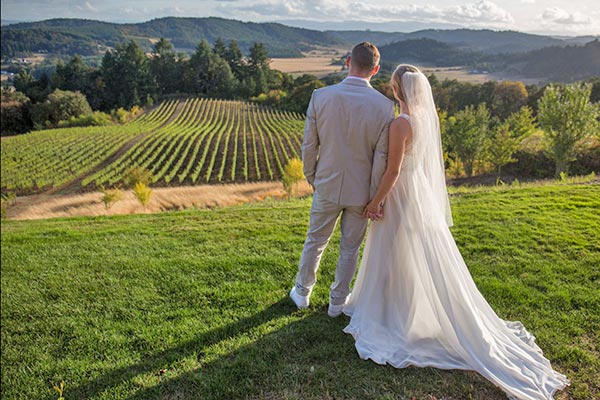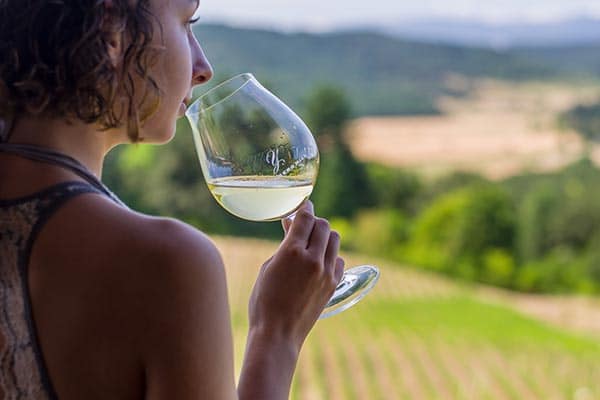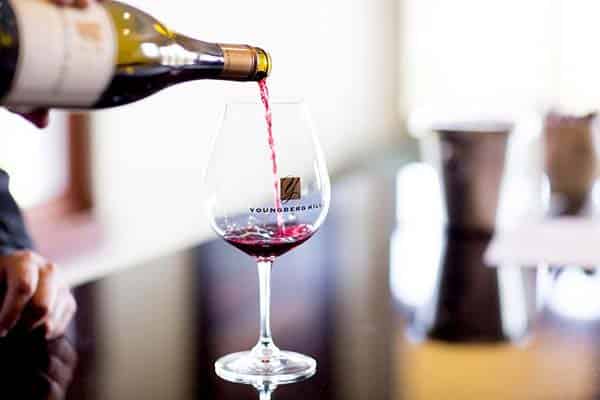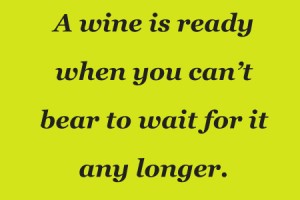 Now it’s time to get the wine in the barrel. Since harvest in mid- October, we have been nurturing the wine in the winery. From the time the fruit is brought in until it is put into barrel is the most vulnerable time as there are many chemical reactions taking place as the wine is transforming, and the chance of a negative chemical reaction is high. So it is very important for a winemaker to be watching over the wine to prevent this from happening.
Now it’s time to get the wine in the barrel. Since harvest in mid- October, we have been nurturing the wine in the winery. From the time the fruit is brought in until it is put into barrel is the most vulnerable time as there are many chemical reactions taking place as the wine is transforming, and the chance of a negative chemical reaction is high. So it is very important for a winemaker to be watching over the wine to prevent this from happening.
Once the sugar has been completely used up by the yeast and converted to alcohol, the wine is settled to continue interaction with the must (skins, seeds, and dead yeast). The secondary fermentation of the harsher malo acid converting to a fuller, softer lactic acid also begins. The wine continues to be tasted every day to gauge the evolution of the wine as it sits with the skins.
When we feel the wine has had enough contact with the skins, we first pour off all the “free run” wine. Because the wine settles to the bottom of the tank and the must rises to the top, we can open a valve at the bottom of the tank and let gravity freely drain much of the wine off the skins. Then we press the wet must to get remaining juice from the skins. We do this gradually, tasting the juice at intervals, so that we can stop pressing once we sense characteristics showing in the juice that are not to our liking.
We will keep the “free run” wine in separate barrels from the “pressed” wine until we are ready to bottle, and determine at that time how much of the pressed we want to blend back in to the main wine.




